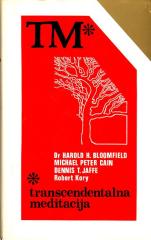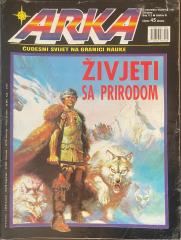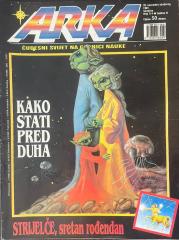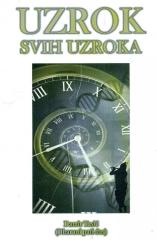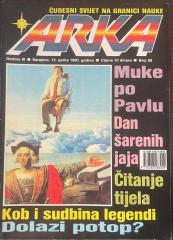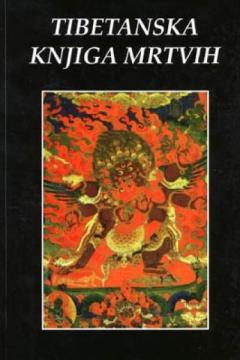
Tibetanska knjiga mrtvih
The Tibetan Book of the Dead is a key work of Tibetan Buddhism, translated from the original Mahayana tradition. This edition is based on the 1927 English edition by Walter Y. Evans-Wentz and Lama Kazi Dawa Samdup.
The book is a ritual posthumous text, but also a guide for the living, aimed at spiritual preparation for death and understanding the nature of consciousness. The text describes the bardo, the transitional states of consciousness between death and rebirth, divided into three stages: the Chikhai bardo (the moment of death), the Chonyid bardo (the experience of reality with deities), and the Sidpa bardo (the process of rebirth). It serves as a "tour guide" for the soul, instructing it on how to recognize illusions and achieve liberation (nirvana) by listening to instructions. The philosophy of Buddhism is emphasized, especially the ideas of impermanence and the unconscious, along with moral and esoteric teachings about human nature.
The text is supplemented by other sources of the Bardo Thodol (indicated in brackets) and includes interpretations for easier understanding by a Western audience. It contains a foreword by Igor Uranić, but also includes Jung's psychological commentary. It is intended for readers interested in Buddhism and esotericism, but has been criticized for Evans-Wentz's theosophical interpretation.
One copy is available
